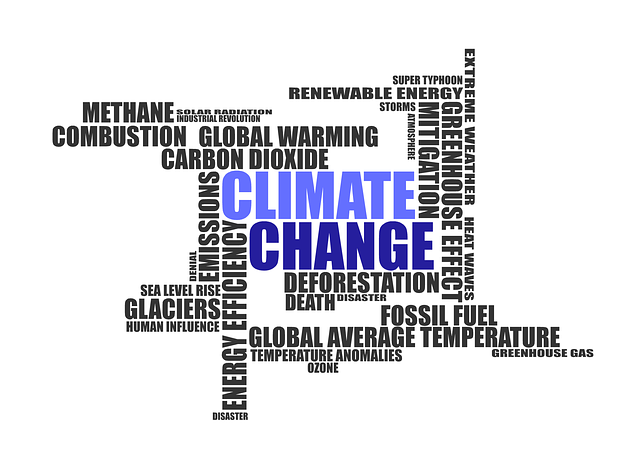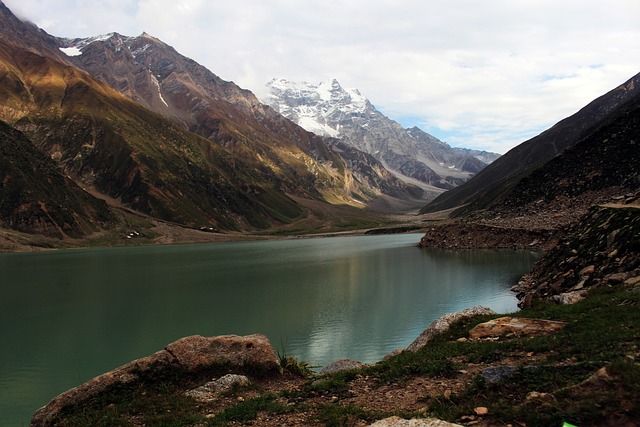In recent years, Pakistan has faced a series of disasters, notably the devastating flood of 2022, which has strikingly highlighted the increasing impacts of climate change. As these events unfold, it becomes clear that the technologies available to manage these challenges are unfortunately limited. This is a call to action that we simply cannot afford to ignore.
You may have noticed some wild changes in weather patterns, like heat waves in summer with temperatures skyrocketing above 50 degrees Celsius or more. Erratic rainfall patterns, driven by this heat stress, are causing problems for our agriculture. And who can forget the intense cyclone that battered Karachi? This is just a snapshot of how climate change is shaking Pakistan.
Interestingly, Pakistan and its South Asian neighbors have a distinct climate change story compared to the rest of the world. And do you know what else? The current impacts Pakistan is facing today are the result of just a one-degree increase in temperature, while future projections based on past trends suggest that temperatures may rise by 2.5 degrees globally and up to 3 to 6 degrees in South Asian countries. This means that the impacts we are facing now could potentially double in intensity.
Also read: Climate Change and Its Impact on Pakistan
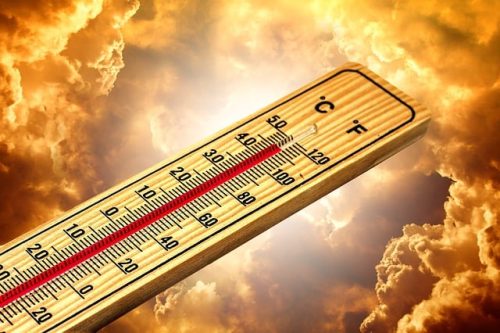
So why is Pakistan more vulnerable to Climate Change?
According to the IPPC Fifth Assessment Report (AR5), it is clear that Pakistan’s sensitivity to climate change threats is heightened due to its distinct geography, demographic trends, and limited adaptive ability. The report states that if current emission trends persist, Pakistan’s warming trend will surpass the global average mean temperature.
Several factors contribute to this vulnerability. Some of them involve the natural features Pakistan is blessed with, while others include human-caused factors.
Read: Pakistan Amongst Most Affected Countries By Climate Change
Let’s start by exploring the natural factors that make our vulnerability more pronounced.
Natural Factors Amplifying Vulnerability
Geographical and topographical features: In the north of Pakistan the Himalayan and Karakoram Mountain Ranges are home to over 7,200 glaciers, supplying water to the major rivers of Pakistan; including the Indus River Basin (which is the lifeline of Pakistan’s agriculture and economy). The glaciers melting will cause several challenges, including water scarcity, decreased agricultural productivity, water stress, drought, a risk to infrastructure, and other problems. These changes disrupted irrigation systems during the 2010 floods. Moreover, it is estimated that these challenges can effect 80% of Pakistan’s population by 2025.
Seasonal changes and extreme weather events: The climate of Pakistan heavily leans on monsoon rains, and when these patterns start shifting unpredictably, we get hit hard. Droughts and floods can throw agriculture and infrastructure into chaos. This isn’t just theory; it’s happening right now, resulting in both droughts and floods that can affect agriculture and infrastructure. (USEPA)
Coastal vulnerability: Pakistan’s coastline along the Arabian Sea is a hub of activity, but it’s also vulnerable. Rising sea levels and stronger cyclones, thanks to climate change, are increasing the risk of coastal erosion and the intrusion of saltwater into our groundwater The combined effect of rising sea levels and cyclonic activity will put around 40% of Karachi’s population at risk of coastal inundation by 2050 (World Bank). This isn’t just about the sea; it’s about our homes and livelihoods.
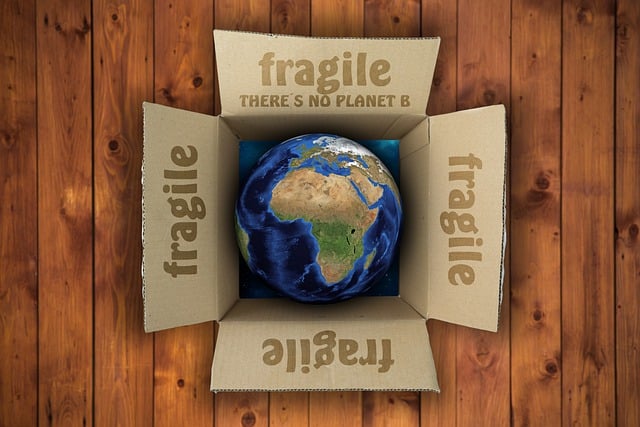
Anthropogenic Factors Intensifying Vulnerability
Population growth and density: With Pakistan’s population growing at an annual rate of about 2.4% (According to the World Bank) competition for limited resources is fierce which makes addressing climate-related challenges even more complex.
Unplanned urbanization: Rapid urban expansion in Lahore exemplifies the consequences. Lack of green spaces and overreliance on concrete is contributing to heat waves. The 2015 heatwave claimed over 2,000 lives due to extreme temperatures in the city.
Deforestation and land degradation: Clearing forests for urban sprawl reduces nature’s ability to regulate temperature and safeguard against soil erosion. Pakistan’s forests have depleted by around 33.2% over the past 20 years leaving us more exposed to floods, landslides, and soil fertility loss. Losing biodiversity also makes matters worse.
Air pollution and emissions: Emissions from industries and transportation are the major cause of poor air quality in Pakistan. Air pollution leads to serious health problems that compromise the individual’s ability to cope with climate-related stress. Lahore often ranks among the world’s most polluted cities. Lahore’s air quality index (AQI) of 2020, reached hazardous levels, posing serious health risks to its residents.
Water mismanagement: Taking out too much water and polluting it are damaging our natural water system. As weather patterns change, we’re running short on water, which directly affects farming and our daily lives.
Inadequate waste management: Poor waste management practices intensify urban flooding. In Karachi, improperly managed waste exacerbated flood damage during monsoon seasons in 2020, posing health risks to residents.
Limited access to education and information: Many rural communities lack awareness about climate change. In Thar, a drought-prone region, limited access to information hampers their ability to adapt to changing conditions.
Weak governance and institutions: Clearly, poor governance and policies often affect climate adaptation strategies. Despite policies to curb emissions, industries often violate regulations. In 2019, Pakistan’s brick kilns were identified as a major source of smog-causing pollutants
Economic vulnerability: Economic constraints hinder large-scale adaptation and mitigation efforts. Small farmers lack the resources to implement climate-resilient practices, which makes them more vulnerable to crop losses.
You might also like to read: The Impacts of Climate Change on Agriculture in Pakistan and Food Security and Climate Change in Pakistan
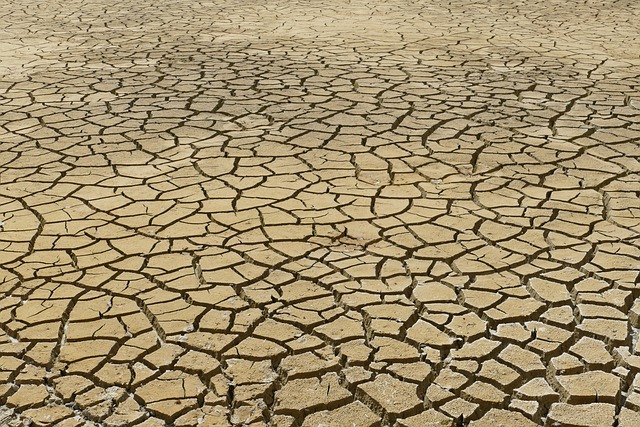
Statistics:
- According to the World Bank, Pakistan’s urban population growth rate is around 2.88%, adding to the pressure on infrastructure and services.
- The World Air Quality Report ranked Lahore as the second most polluted city in 2020, with an average AQI of 163, considered “unhealthy.”
- In 2021, around 9.5 million people (about half the population of New York) in Pakistan were affected by extreme heat waves, resulting in heat-related illnesses and deaths.
- Pakistan’s deforestation rate was approximately 0.2% per year between 2010 and 2020, leading to habitat loss and reduced carbon sequestration.
- According to the Asian Development Bank, only 40% of Karachi’s solid waste is responsibly managed, resulting in environmental degradation.
- The Global Climate Risk Index 2021 ranked Pakistan among the top ten countries most affected by climate change in the past two decades.
Also check out: Lack of Climate Change Research in Pakistan – Need and Importance
Considering the gravity of this issue, it is crucial to take immediate action to mitigate and adapt to these challenges. Energy and agriculture-livestock are the two sectors that alone account for 90.7% of the total emissions pool in Pakistan. If we put our energy into reducing the amount of greenhouse gases we’re releasing, we can tackle a big part of our climate problem.
The good news is that we don’t have to start from scratch, we are already making efforts. Some such on-going projects in Pakistan include:
Climate Resilient Urban Development
Pakistan Glacier Monitoring Network
We’re going greener with renewable energy like solar and wind power.
These projects are great, but more needs to be done. Pakistan is still in the early stages of adapting to climate change. The National Climate Change Policy (NCCP) has prioritized adaptation over mitigation effort and has suggested a set of sector-level adaptation measures that through policy documents such as the Framework for Implementation of Climate Change Policy (2013) and the Work Program on Climate Change Adaptation and Mitigation in Pakistan (2014). These efforts have not yet been planned out, meaning there is a need for more concrete plans and strategies to be developed and implemented to effectively adapt to climate change.
Our country’s future is hanging in the balance. We can’t leave it to chance. Let’s not let this moment slip through our fingers and act when we have a chance now. It’s not just about today; it’s about what kind of world we’re leaving behind for our children and generations to come.
This article was contributed by Hira Ali. A dedicated Environmental Science student on a mission to educate people about the environment and empower them to be its ultimate defender.
You may also be interested in:
Effect of Climate Change on Punjab Province of Pakistan
Effects of Climate Change on Sindh Province of Pakistan
Effects of Climate Change on KPK Province of Pakistan
Effects of Climate Change on Balochistan Province of Pakistan
We hope you liked this post! Please comment below if you have any suggestions, comments or feedback! We at #envpk love hearing from readers! Thanks!

